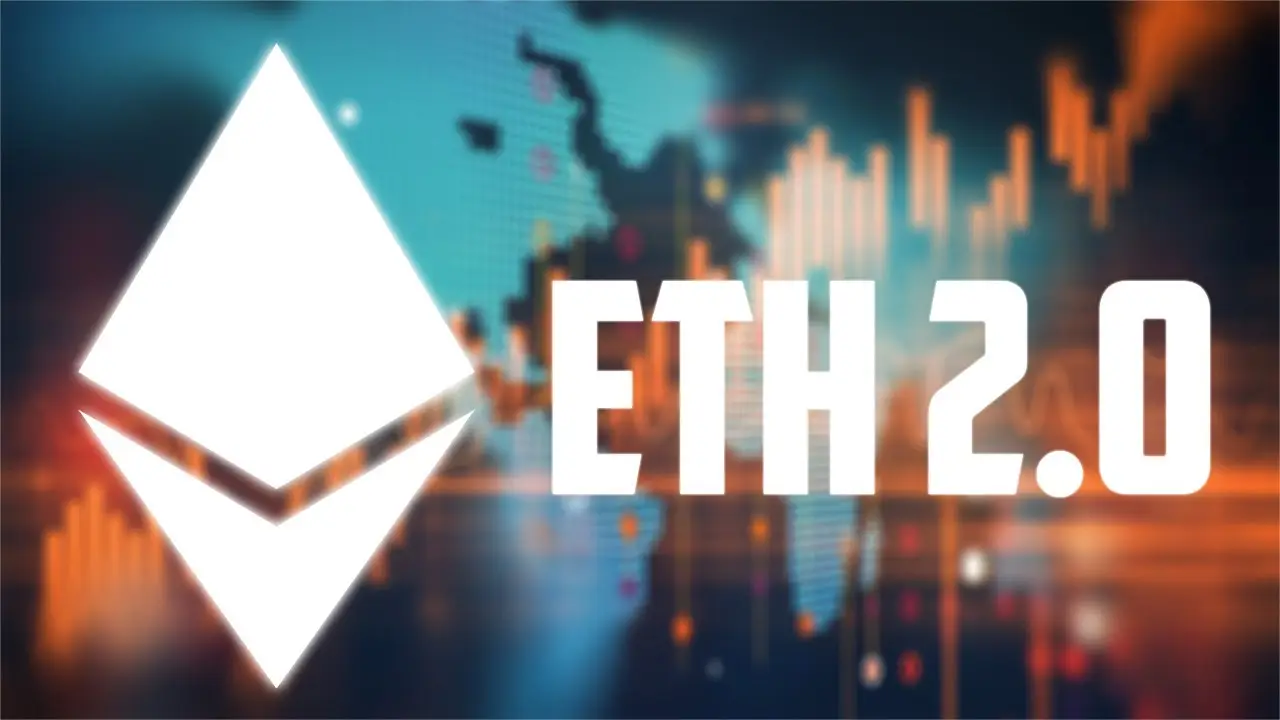Storing cryptocurrency requires a conscious approach and careful preparation. The question of how to choose a cryptocurrency wallet correctly remains one of the most important for users who value security and convenience. The crypto sphere is developing rapidly, and the offerings on the market are multiplying every year. To avoid critical mistakes, it is worth carefully studying the key features of popular solutions!
Which cryptocurrency wallet to choose? Many prefer hardware devices! They are physical storage devices protected by a multi-level encryption system and PIN codes. This storage option is suitable for investors dealing with large sums. Hardware solutions are disconnected from the internet most of the time, reducing the risk of hacking.

However, it is important to remember that losing the device or seed phrase leads to complete loss of access. Therefore, when considering how to choose a cryptocurrency wallet correctly, it is important to plan ahead for recovery strategies.
Software solutions are installed on PCs or smartphones. They are popular for their simple interface and quick access to assets. However, devices connected to the network are vulnerable to viruses and phishing attacks.
When choosing a program, it is advisable to consider the developer’s reputation, code quality, and update frequency. Before installation, it is worth reading the guide and checking how well the application complies with international security standards.
Many beginners believe that once they understand how to choose a cryptocurrency wallet correctly, they can immediately start using cloud platforms. Their advantage is instant access from any device. However, this also creates a dependency on the server’s reliability and the competence of the resource’s administration.
To minimize risks, it is recommended to use two-factor authentication and create backup copies of keys.
When deciding how to choose a cryptocurrency wallet correctly, it is important to evaluate specific models and applications based on a number of characteristics: level of protection, asset compatibility, interface convenience, and developer reputation. Several proven solutions on the market have earned the trust of users and experts.
Ledger hardware wallets are known worldwide. Ledger Nano S stands out for its compactness, easy management, and support for over 1000 cryptocurrencies. The device uses PIN codes and seed phrases, stores keys offline, and is suitable for those planning to hold digital assets for a long time. The Nano X model has a larger battery, a Bluetooth module for connecting to a smartphone, and increased memory for installing more applications. Both options have received positive reviews for encryption levels and regular firmware updates.
Another well-known hardware option. How to choose a cryptocurrency wallet that combines security and convenience correctly? Trezor Model T features a touchscreen display, making wallet management more intuitive. The device supports hundreds of currencies and tokens, and its open-source code increases user trust. If the device is lost, access can be restored via a seed phrase. Many experts consider the Model T a benchmark for functionality and security combination.
When choosing which cryptocurrency wallet to use, many opt for Exodus. The wallet combines a beautiful interface and support for a variety of assets. Features include integration with Ledger hardware, in-app exchange capability, and balance display in fiat currencies. Exodus is user-friendly and clear for beginners, but hardware options are preferable for large sums.
The Trust Wallet mobile wallet is suitable for those who value mobility and quick token management. The application supports decentralized applications and staking, with keys stored on the user’s device. Due to its simple interface and no mandatory registration, Trust Wallet is popular among beginners. However, it is important to remember the risks of storing large sums on a smartphone.
For users working with DeFi and NFTs, MetaMask has become a crucial tool. It is a browser extension that supports Ethereum and compatible networks. MetaMask allows users to manage tokens, interact with decentralized exchanges, and deploy smart contracts. When properly configured and used with hardware devices, MetaMask can significantly enhance security levels.
The question of how to choose a cryptocurrency wallet correctly can be addressed step by step. To minimize risks and maintain control over assets, it is advisable to follow basic advice. Below are key recommendations:
This approach enhances protection levels and establishes a resilient storage infrastructure.
Some countries have special rules for digital asset users. Before deciding which cryptocurrency wallet to choose, ensure that the selected solution complies with national legislation.
Some platforms require identity verification and provide transaction reporting. Ignoring these requirements can lead to fines and account blocks!

Where to store cryptocurrency? Choosing a storage solution requires a conscious approach and analysis of all parameters. Understanding how to choose a cryptocurrency wallet correctly helps reduce the risks of theft and loss of access.
Only a combination of hardware and software methods, regular updates, a thoughtful backup plan, and attention to legislation help keep assets secure.

The digital economy opens up new opportunities to multiply capital, which are especially attractive to beginners thanks to their accessibility and potential for high returns. However, this 24-hour market is fraught with risks and requires not only intuition, but also a solid understanding of the fundamentals: from structure to asset analysis. In this article, we …

Blockchain technologies continue to evolve, and one of the most important events in recent years has been the transition from Ethereum to Proof-of-Stake. This shift fundamentally changes the approach to transaction confirmation, abandoning energy-intensive mining in favour of staking. To understand the scale of the transformation, it is worth looking in detail at what Proof-of-Stake …